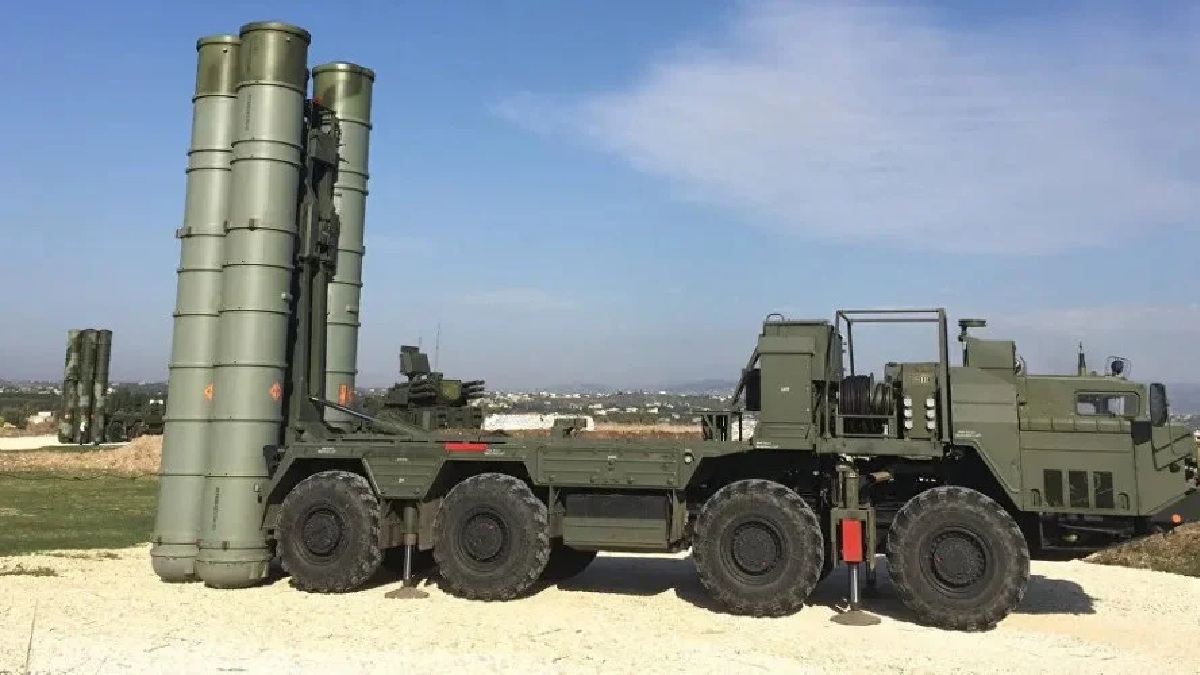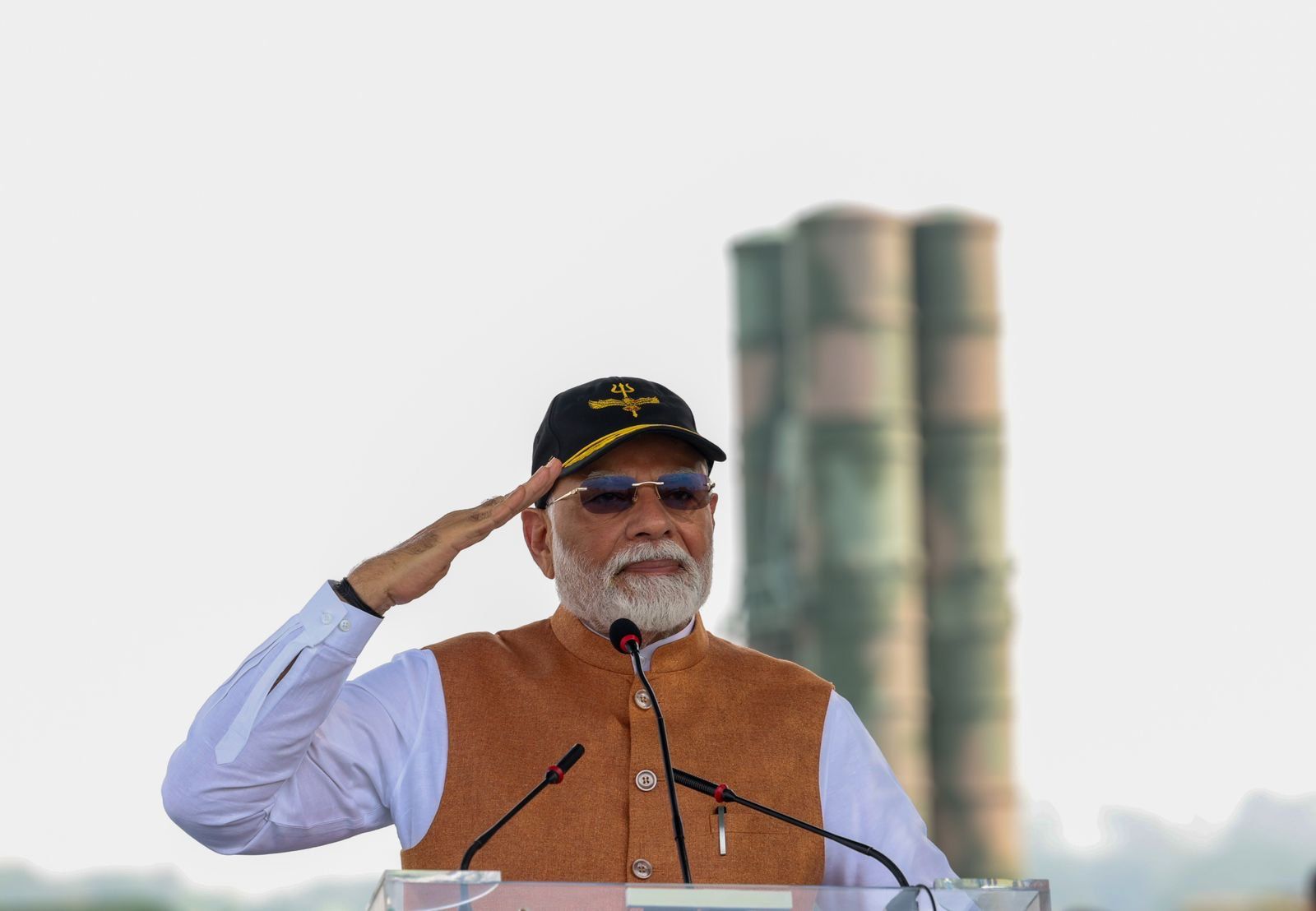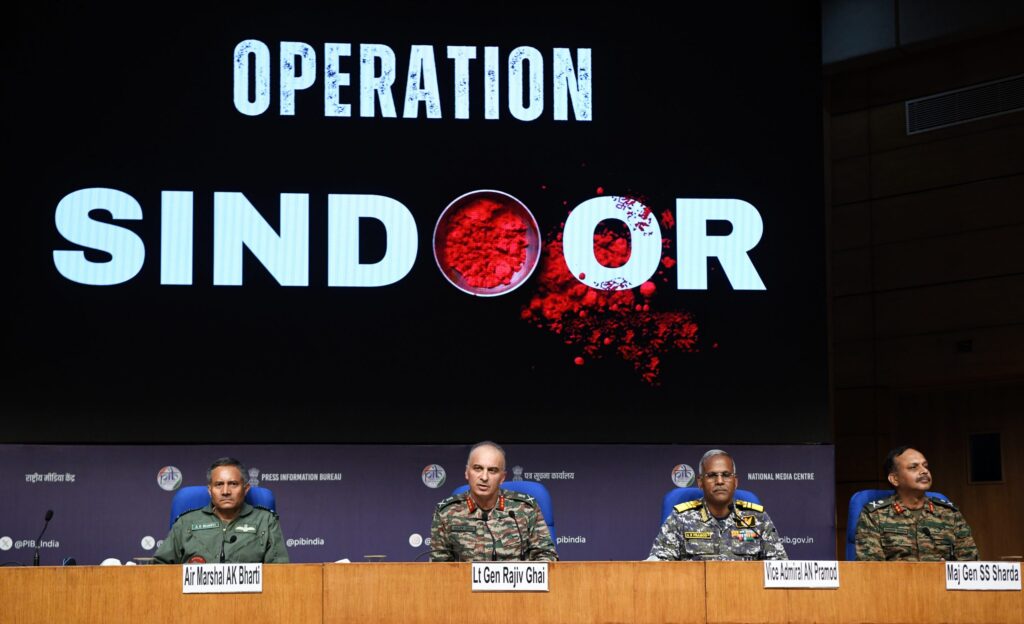A New Chapter in India’s Defence Journey
India has been a victim of terrorism for decades. From Mumbai to Pulwama, many innocent lives and brave soldiers have been lost in senseless attacks supported by foreign powers. But the recent Pahalgam terrorist attack was different. It was not just another incident – it was the tipping point. In response, India launched Operation Sindoor, a powerful military mission led by the Indian Army, Navy and Air Force. This operation was not just a military retaliation. It was a clear and powerful signal to the world – India will no longer stay silent.
The Trigger – The Pahalgam Attack
The Pahalgam terrorist attack in Jammu & Kashmir shocked the country. The country mourned but more importantly, it united in anger and determination. This was not an isolated incident. Terror outfits operating from Pakistan launched yet another strike, continuing their long-standing proxy war against India.
This time, the Indian government decided to act with full force. There would be no waiting, no warnings no diplomacy. The military was given full freedom to execute a high-level operation and the result was Operation Sindoor.
Operation Sindoor – India’s Strongest Military Response Yet
How It Unfolded –
India’s armed forces displayed extraordinary coordination. Within hours of receiving intelligence, they launched a full-scale multi-pronged attack across terror hubs in Pakistan and Pakistan occupied territories.
Key Highlights –
. Over 100 terrorists were eliminated.
. Multiple terror camps, training centers and command posts were destroyed.
. The Indian Navy dominated the Arabian Sea, blocking any sea-based exit points.
. The Indian Air Force conducted airstrikes using fighter jets, drones and precision missiles.
. The Indian Army performed cross-border strikes with tactical backing and high accuracy.
This was India’s most powerful and coordinated counter terror operation to date. The entire mission showed not just military strength but also a new confidence in Indian made defence systems.
The Power of ‘Make in India’ and ‘Self-Reliant India’
One of the biggest highlights of Operation Sindoor was the role of indigenous defence technology. For the first time, India relied heavily on homegrown weapons, systems and intelligence tools, most of which were developed under the Make in India initiative and the broader vision of Atmanirbhar Bharat (Self-Reliant India).
Indigenous Defence Technology Used in Operation Sindoor
. BrahMos Missiles – Jointly developed with Russia, they were used for deep strikes with unmatched precision.
. Akash Air Defence Systems – Indian built systems that successfully protected Indian skies from aerial threats.
. DRDO – developed Rader & Surveillance – Enabled real-time monitoring, detection and targeting.

Even the S-400 missile defence system, bought from Russia despite pressure from the U.S., played a major role. India’s decision to stick with it proved strategically correct and operationally effective.
Indian Tech vs Foreign System – A Game Changer
One of the biggest shocks to the global defence industry was how easily Indian-made systems neutralized foreign-made weapons and equipment –
. Turkish drones considered top tier in global warfare, were easily intercepted and destroyed.
. Chinese missiles and surveillance tools were outclassed by Indian radars and missile interceptors.
. U.S.-based defence systems deployed by Pakistan failed to protect terror infrastructure.
Global Fallout –
. Defence stock prices of leading companies from the U.S., China and Turkey dropped sharply.
. Experts across the world began re-evaluating the capabilities of Indian defence systems.
. India emerged not just as a regional power but as a potential global exporter of defence technology.
This shift signals the arrival of India as a global defence innovator ready to compete with the traditional powerhouses.
Precision, Planning and Perfection – India’s Military Expertise
Operation Sindoor showed that India’s military forces are not just powerful but smart, precise and perfectly coordinated.
. The mission was executed without crossing enemy airspace or territory, proving India’s expertise in remote warfare.
. Real-time intelligence and surveillance data ensured every strike hit the intended target.
. All three forces worked together in a way that left no room for error.

Military analysts noted that what we saw during the operation was just a part of India’s full capability more advanced tech and tactics are ready if needed.
Standing Strong Against Nuclear Blackmail
For years, Pakistan has used the threat of nuclear war as a way to hold India back. Operation Sindoor broke that myth. India made it clear – No more nuclear blackmail.
Even while respecting the 1991 treaty that bans attacks on nuclear installations, India showed that it can still conduct high-impact operations without crossing red lines.
This was a strategic masterstroke, showing both restraint and resolve.
Redrawing the Lines – Terrorism is Now an Act of War
India made another bold declaration – “Any act of terror supported by Pakistan will be seen as an act of war.”
India also reinforced its long-standing position –
. No talks with terror
. No trade with terror
. No water for terror
The message to Pakistan is clear – Change your behavior or face consequences.
India’s Message to the World – Do Not Mess with Us

The most important message from Operation Sindoor was simple – India is no longer the silent spectator.
Under Prime Minister Narendra Modi’s leadership, India has built –
. Strong military power
. Indigenous defence manufacturing
. A clear national security doctrine
India also made it clear that Operation Sindoor has only been suspended, not ended. The mission continues as needed.
A New Era in National Security
Operation Sindoor marks the beginning of a new India – one that is self-reliant, fearless and assertive. With indigenous technology at its core, India has –
. Protected its people
. Defeated foreign tech
. Sent a powerful message to the world
From the battlefield to the boardroom, India is rising as a global power. Its defence systems are battle-proven, cost-effective and reliable. The success of Operation Sindoor will inspire future innovations in India’s defence ecosystem.
This is more than a mission.
This is the rise of Self-Reliant India in national security.
In conclusion, Operation Sindoor has started a bold new chapter in how India deals with national security threats. This time, India didn’t just warn or talk it acted quickly, strongly and with full coordination between its Army, Navy and Air Force. As a result, the world now sees a more confident and powerful India.
More importantly, this mission showed the success of the ‘Make in India’ and Self-Reliant Bharat programs. For the first time, Indian-made defense equipment like BrahMos missiles, Akash air defense systems and DRDO radars proved their strength on the battlefield. As a result, countries like the U.S., China and Turkey saw their weapons easily outmatched. This clearly shows that India is no longer dependent on foreign defence systems. Thanks to years of investment in domestic defence production, India now stands on the global stage as a serious military innovator.
In addition, India has clearly stated its position, it will treat any terrorist attack from across the border as an act of war. From now on, it will suspend talks, trade and even water sharing until terrorism ends completely. This is a strong message not just to Pakistan but also to the global community.

